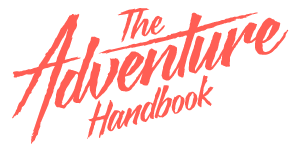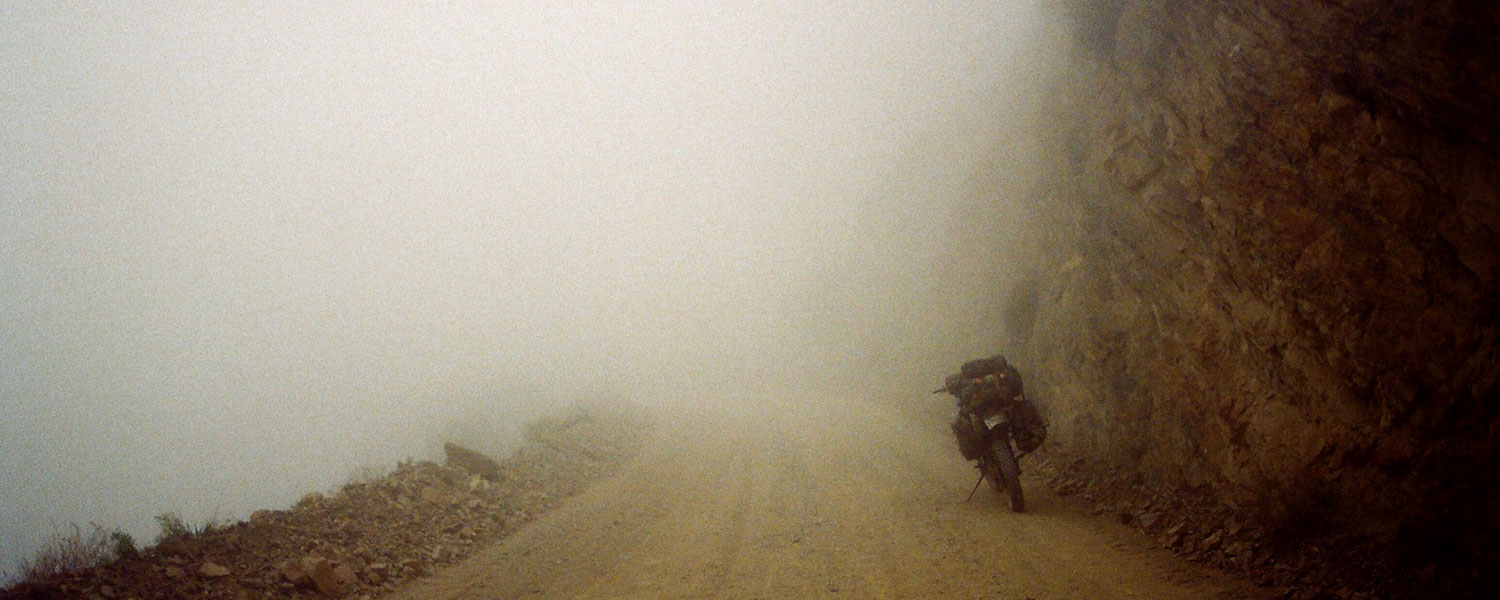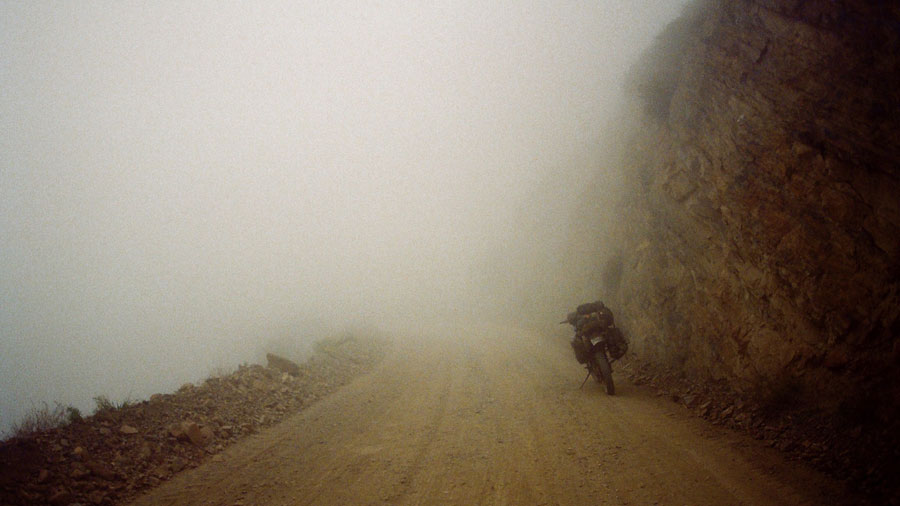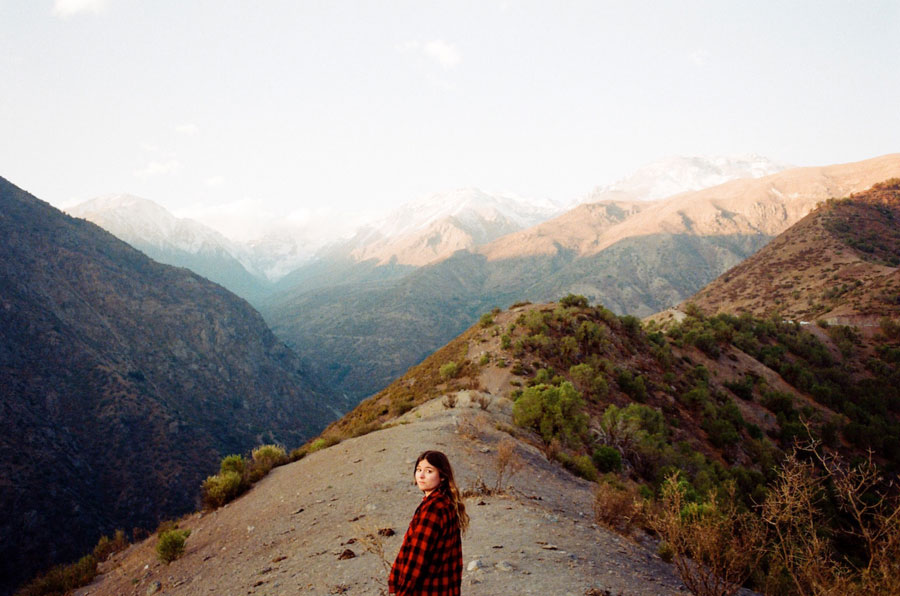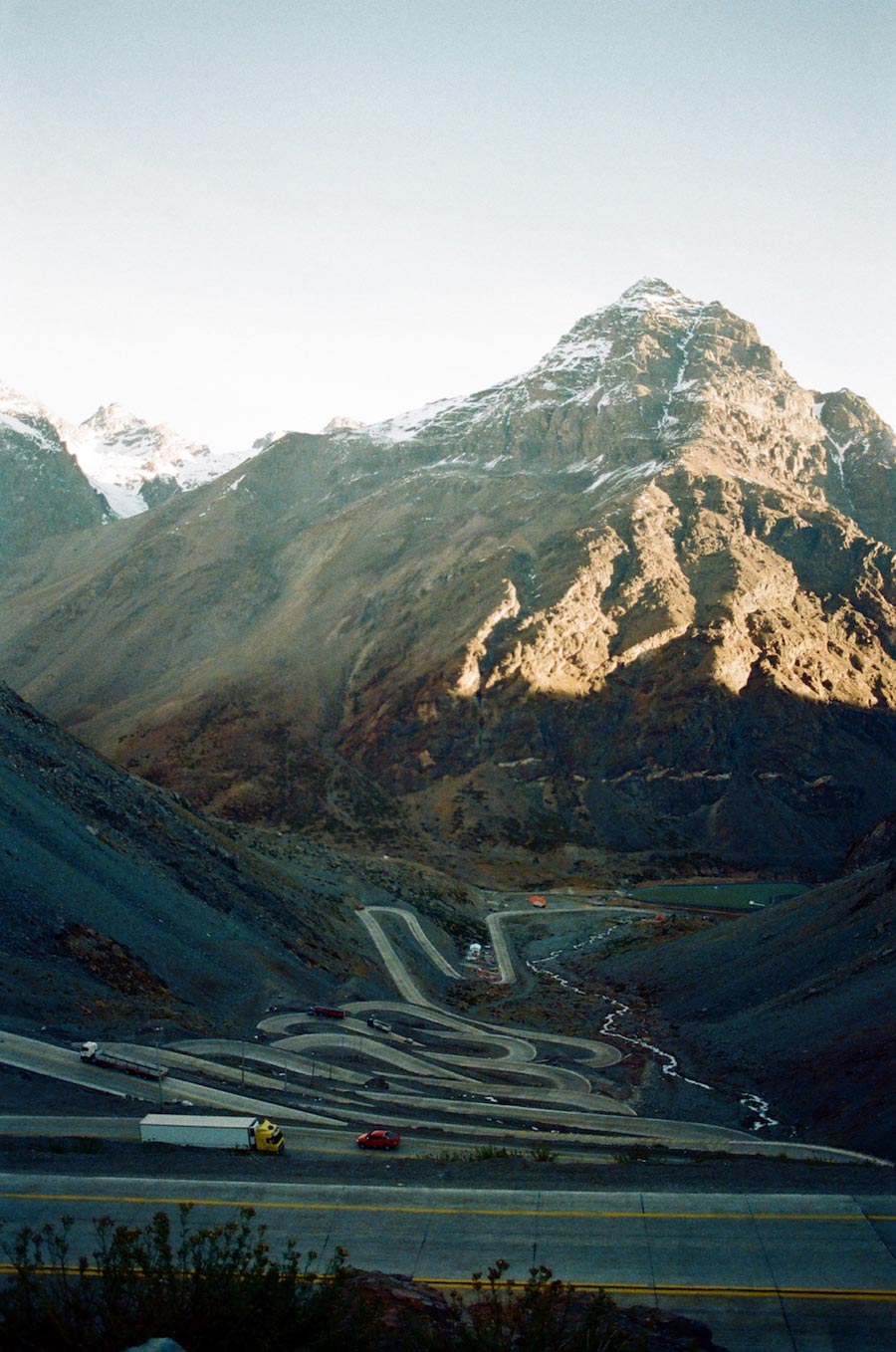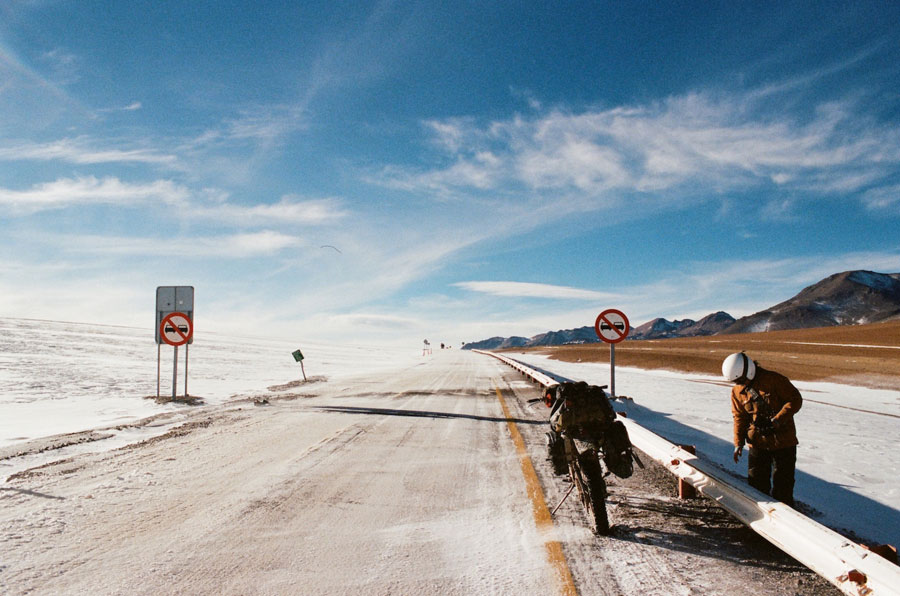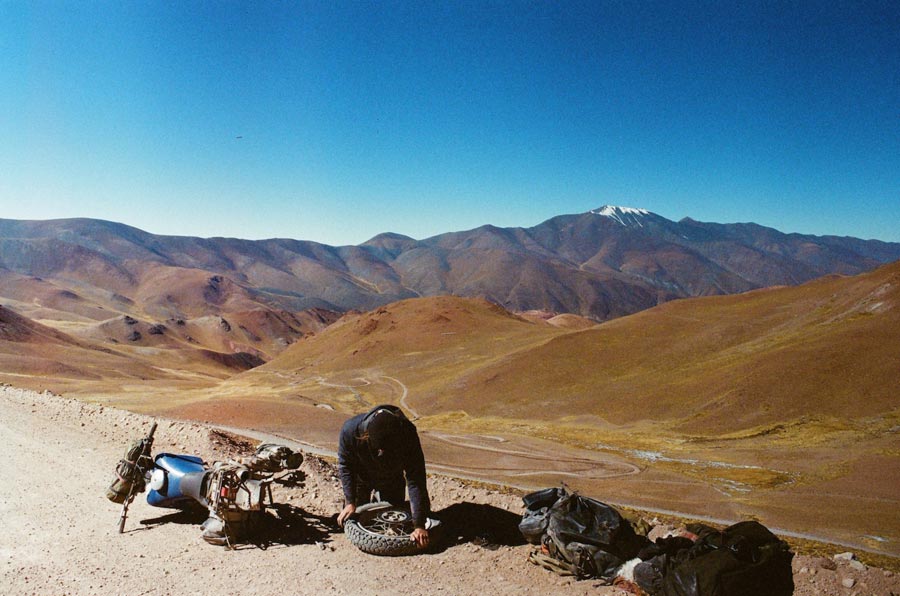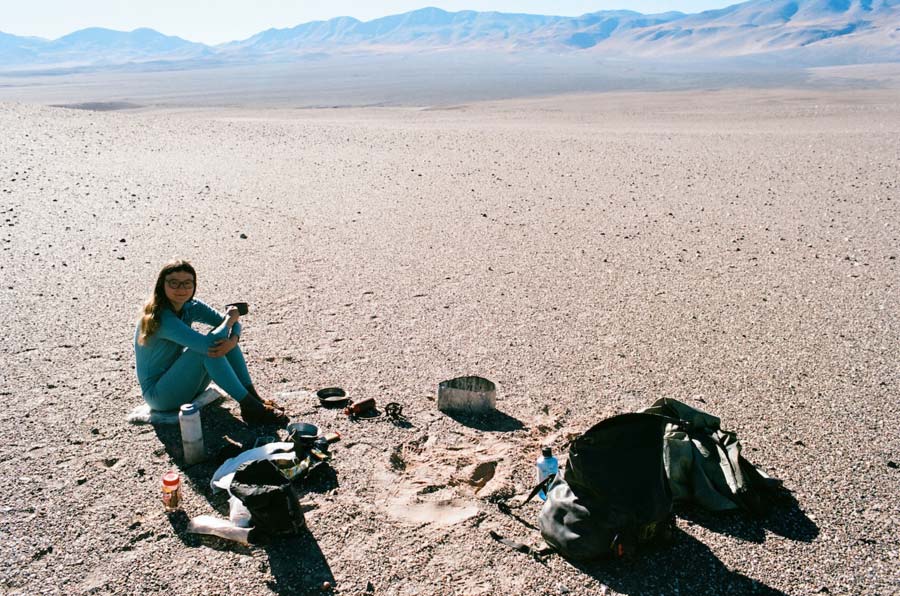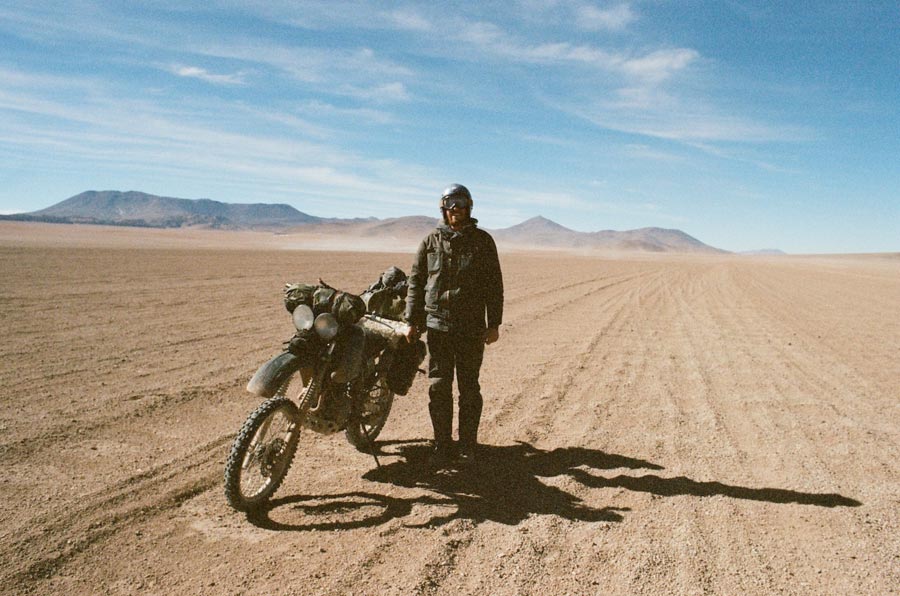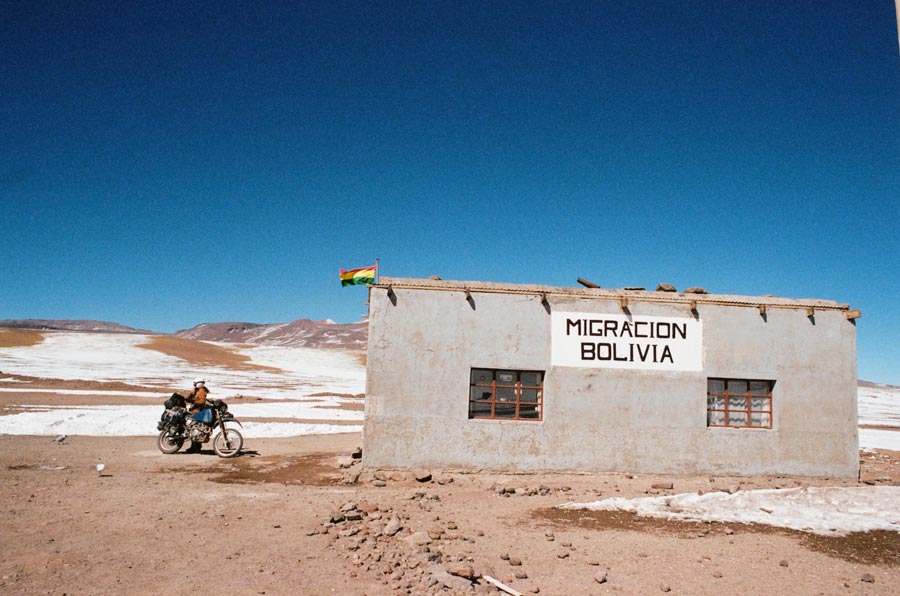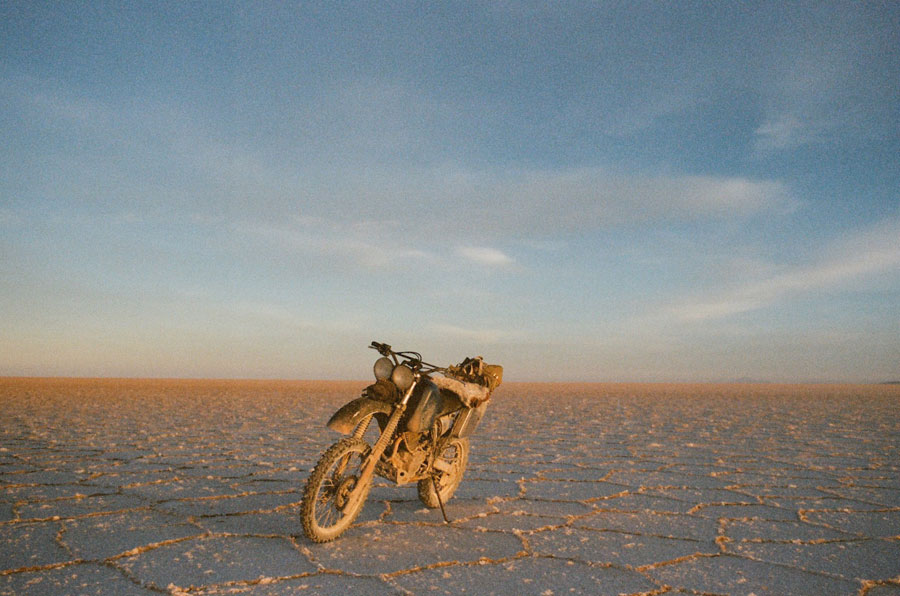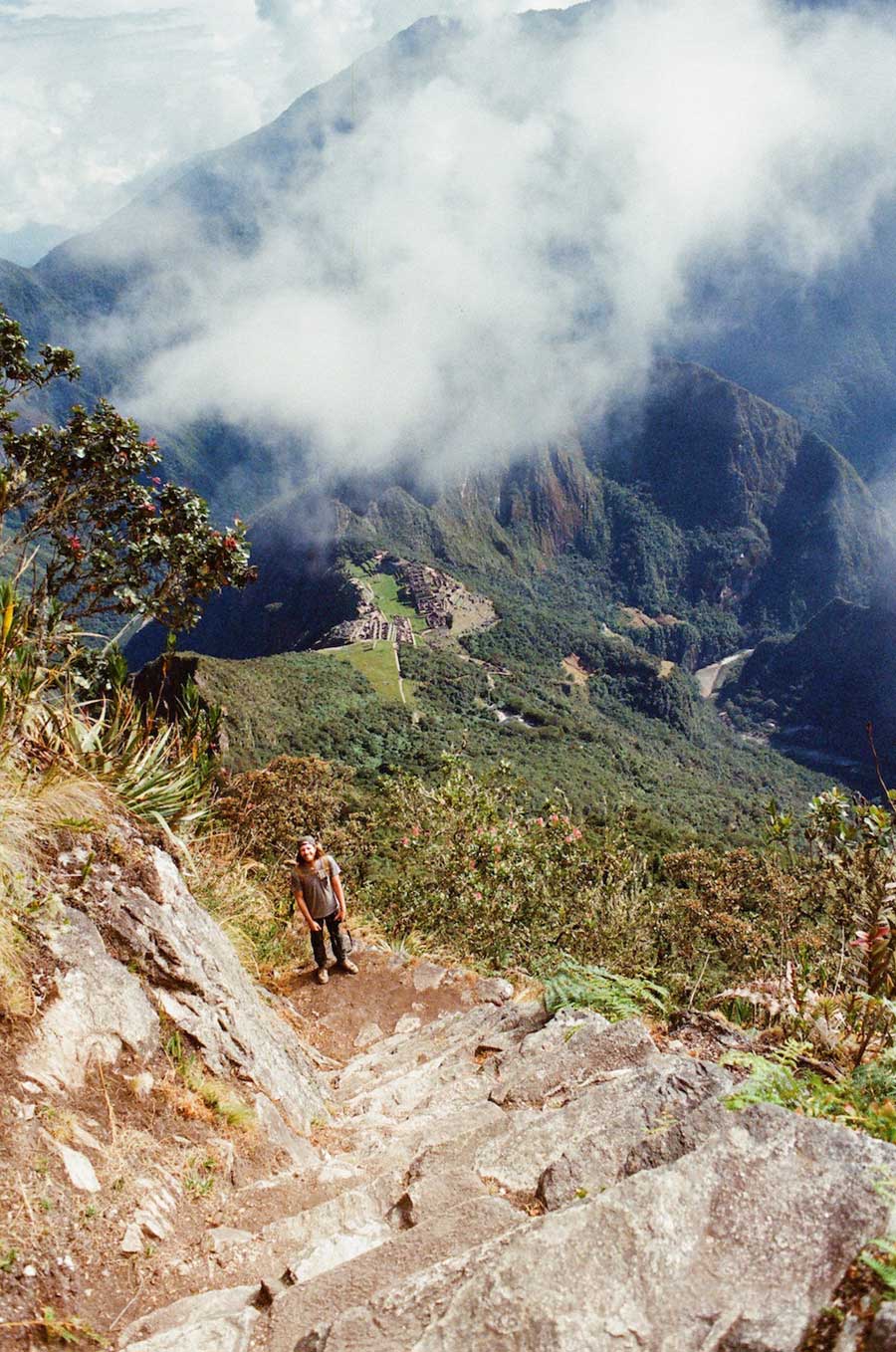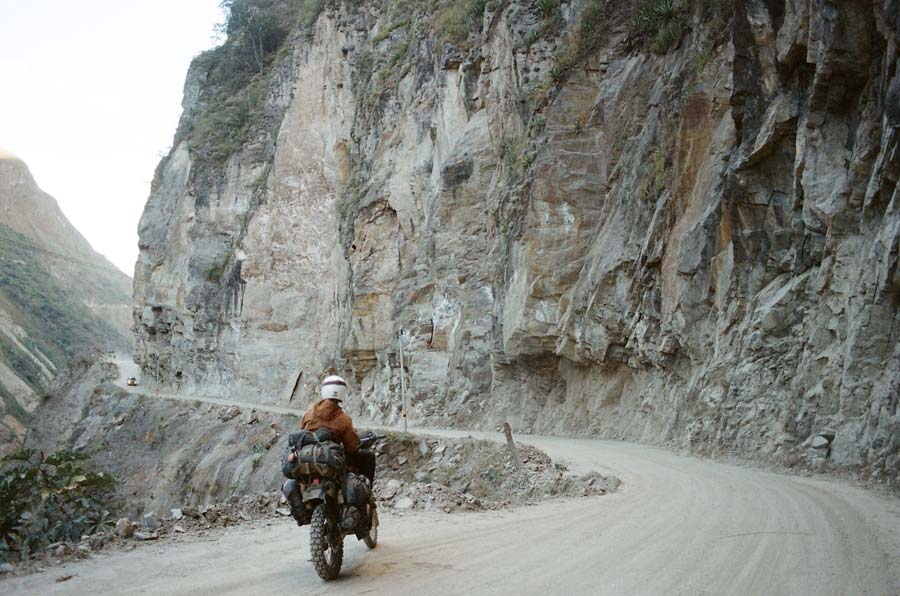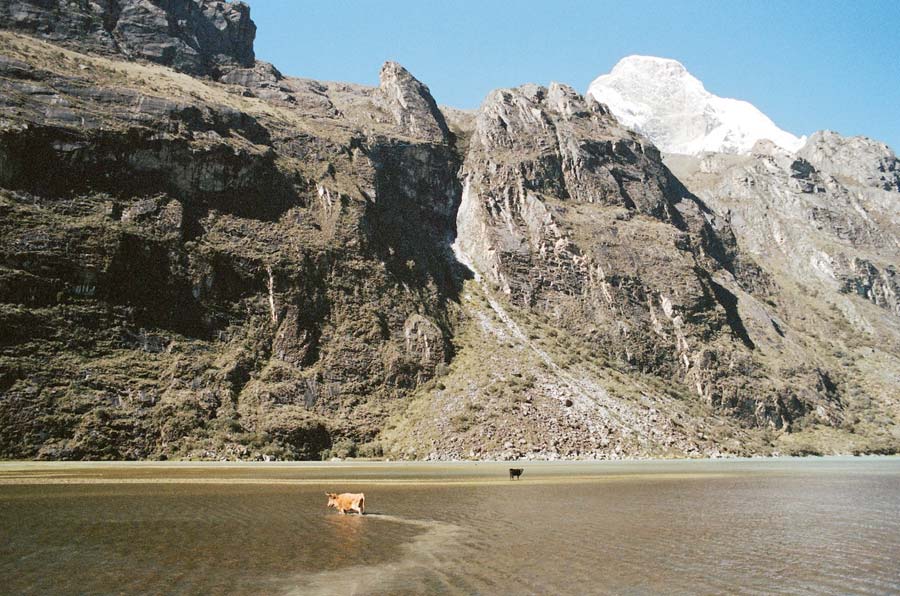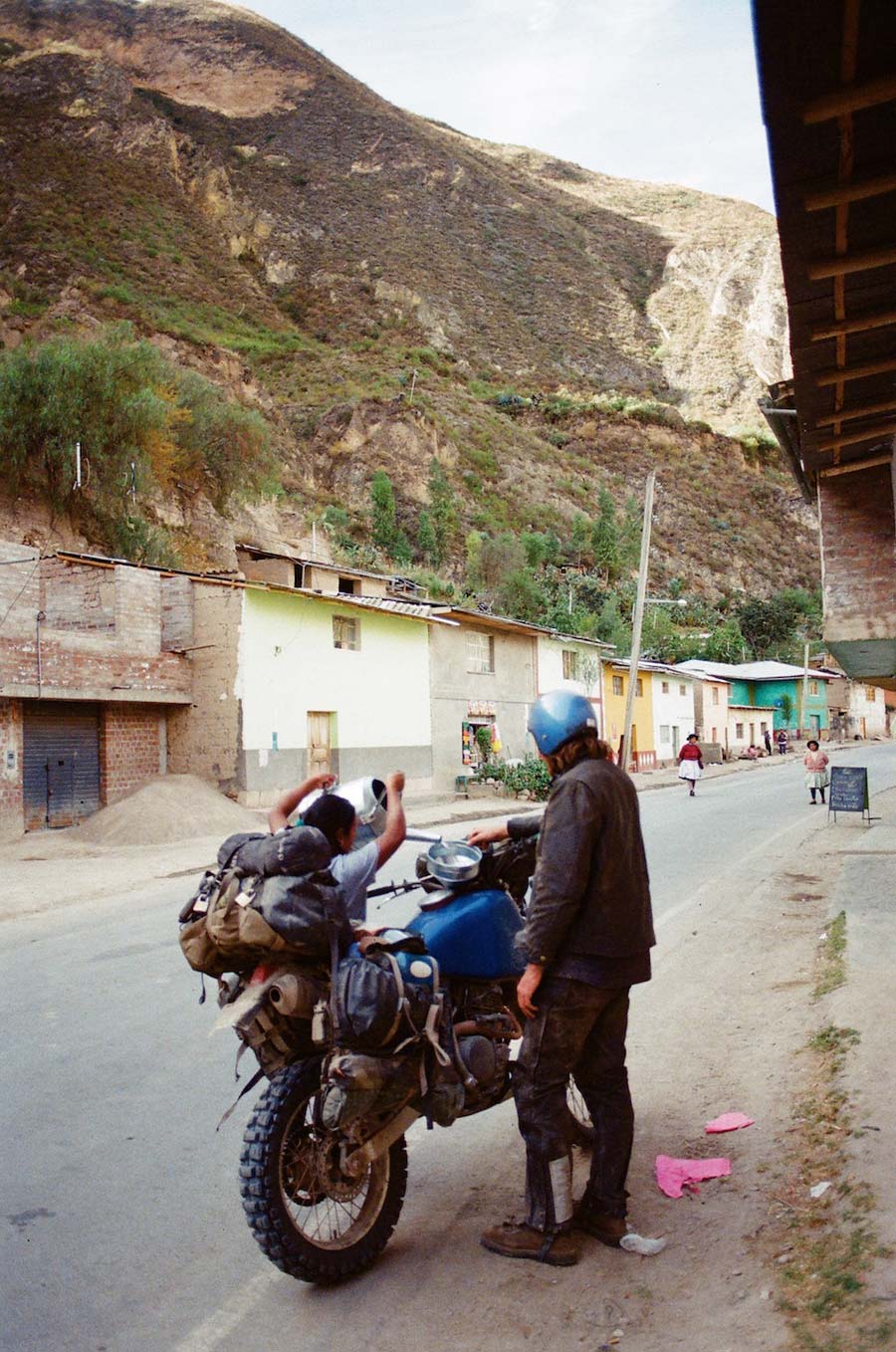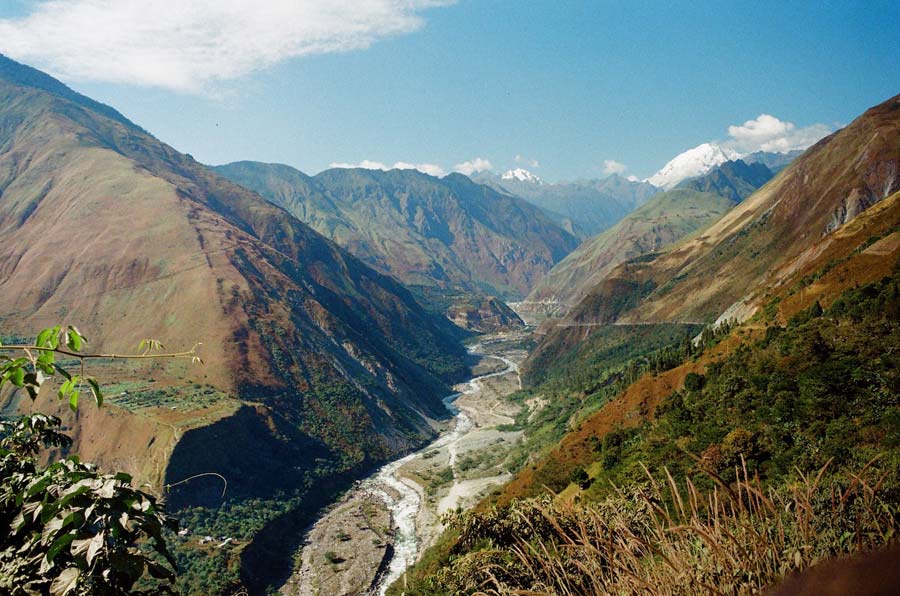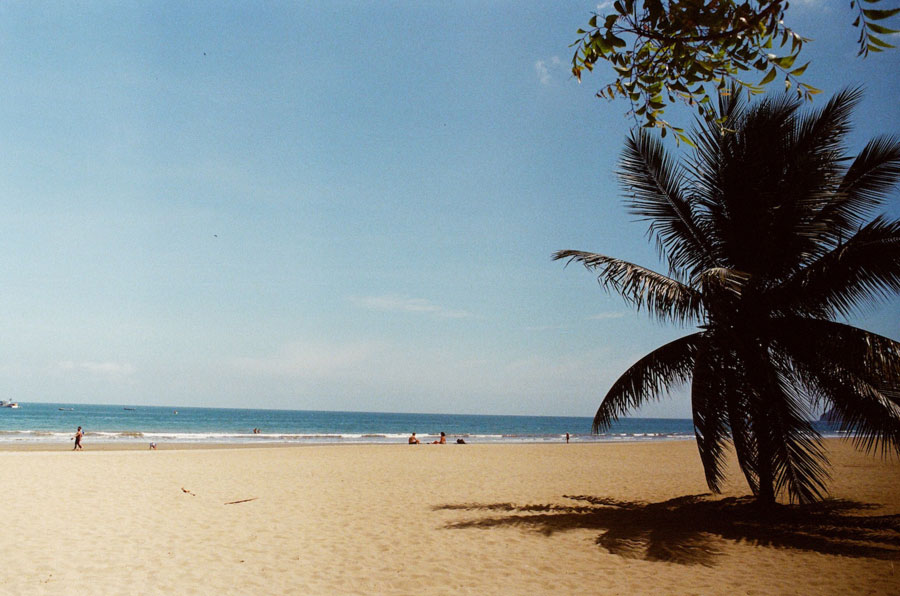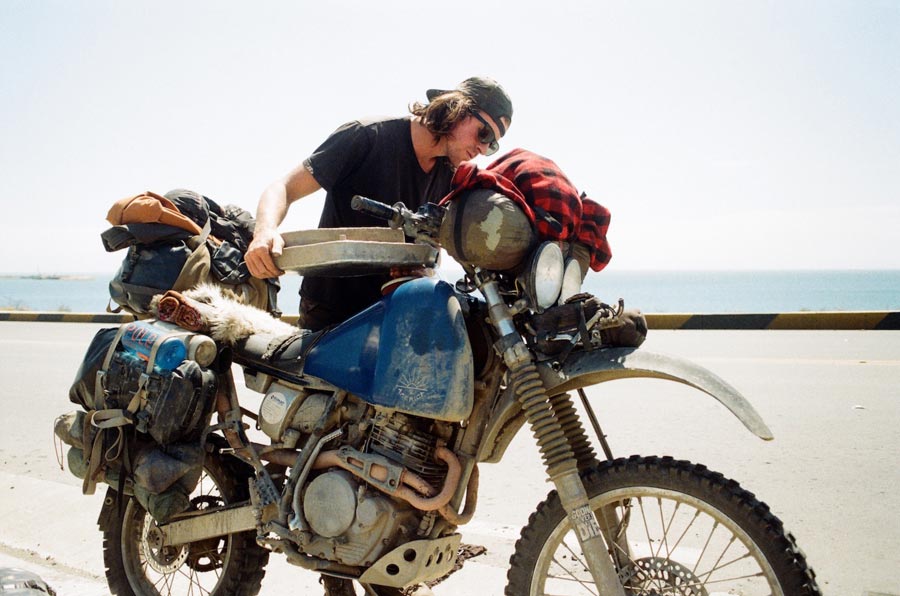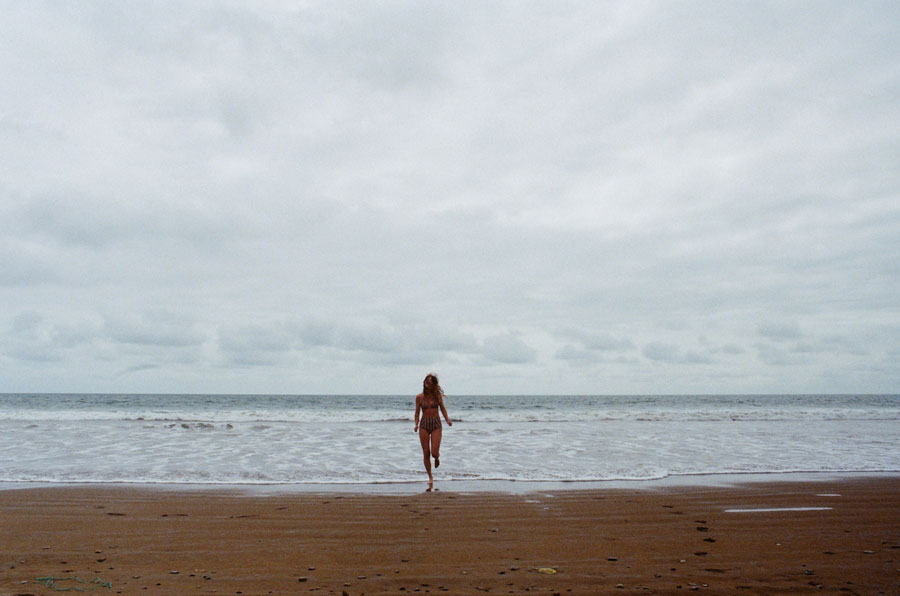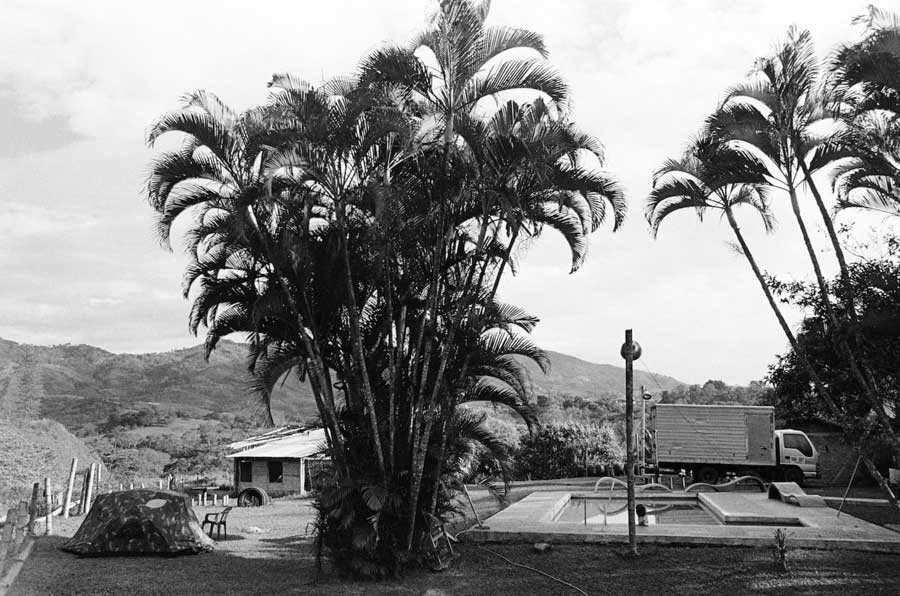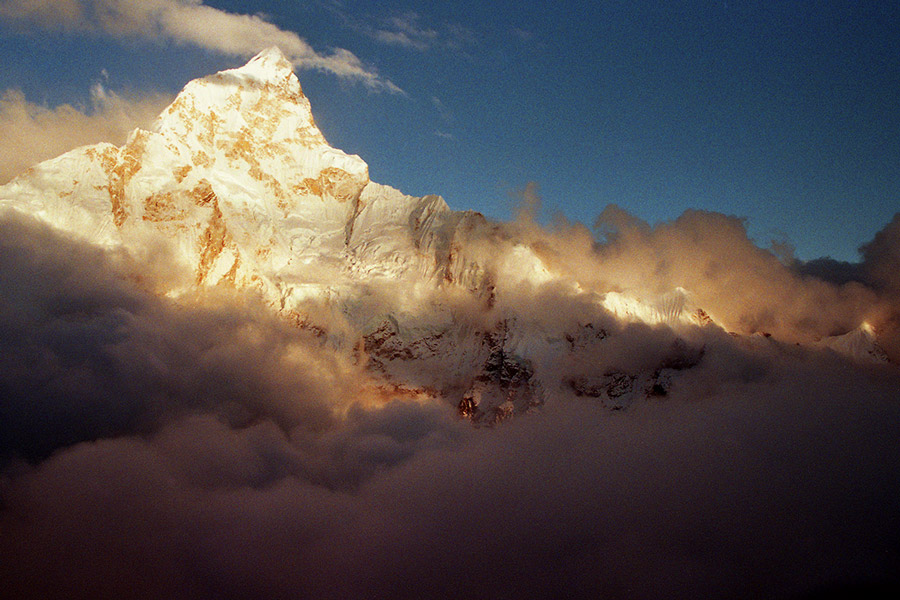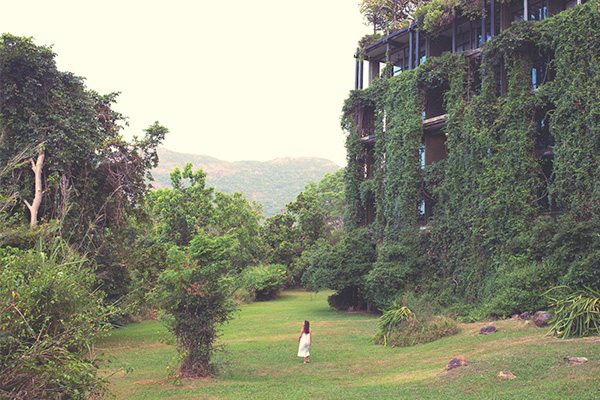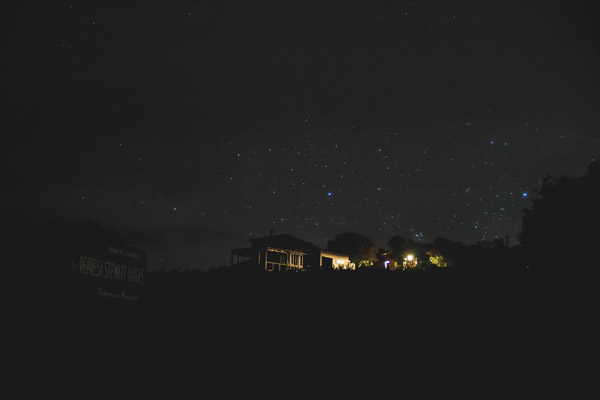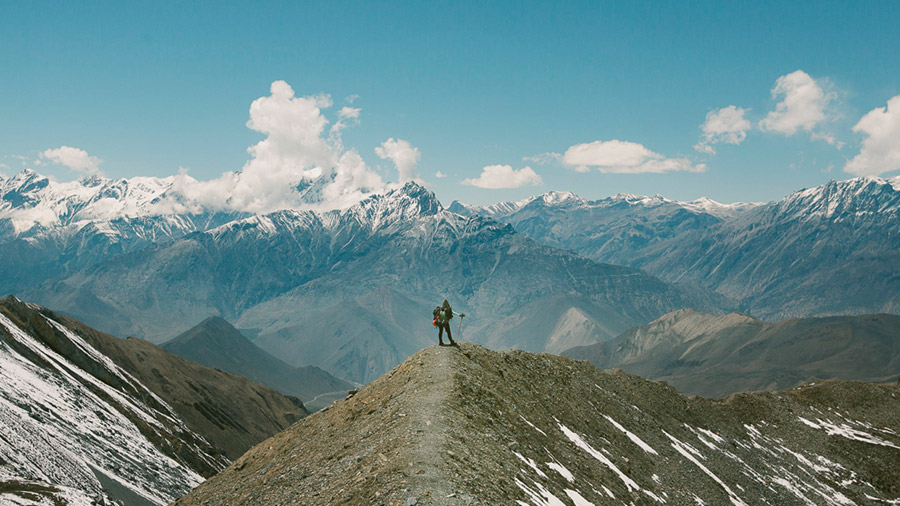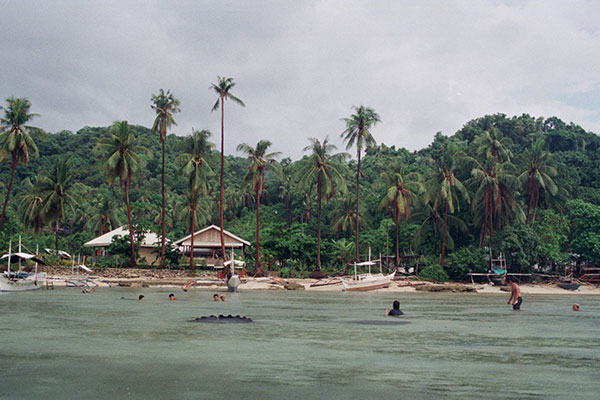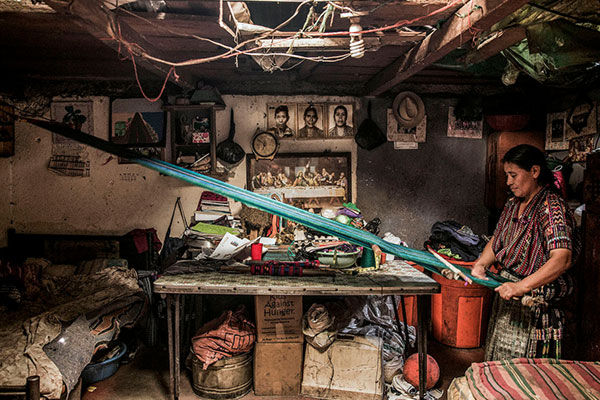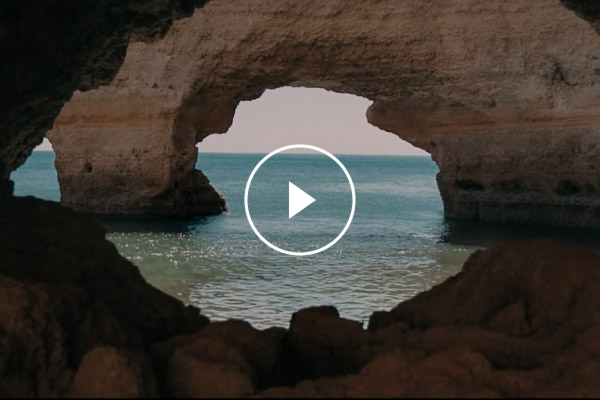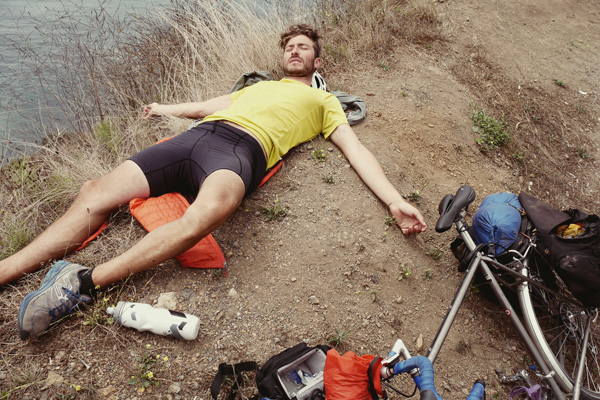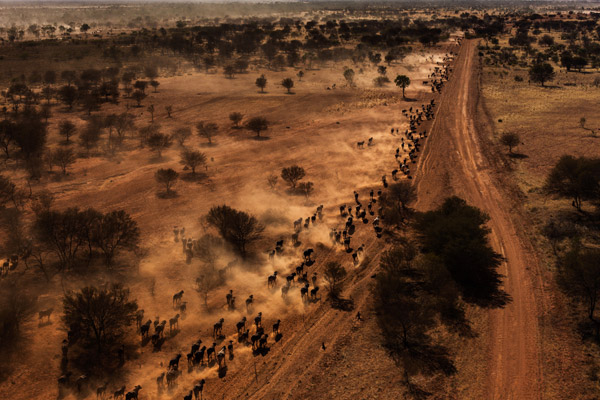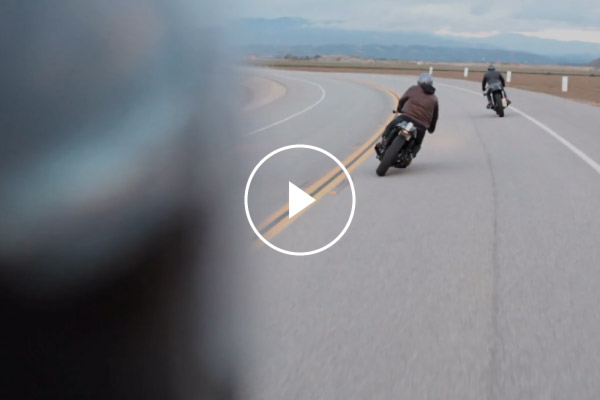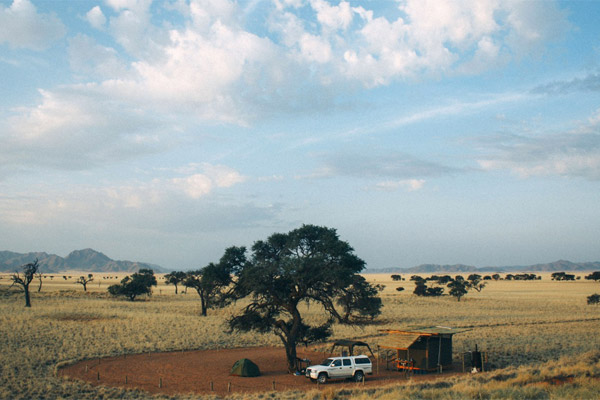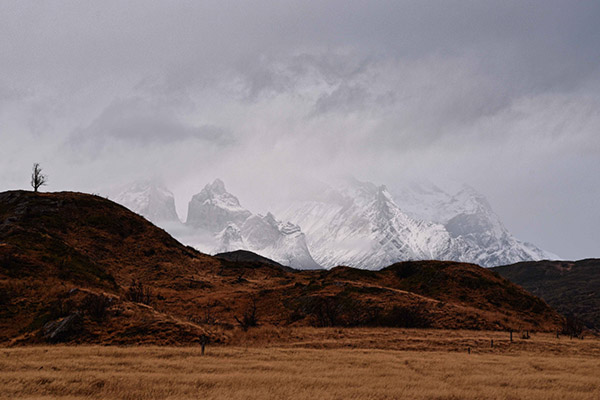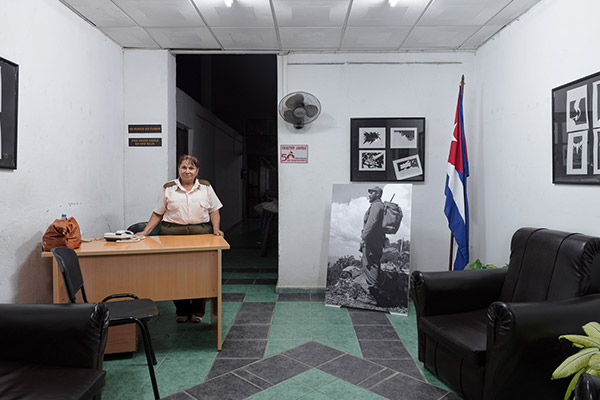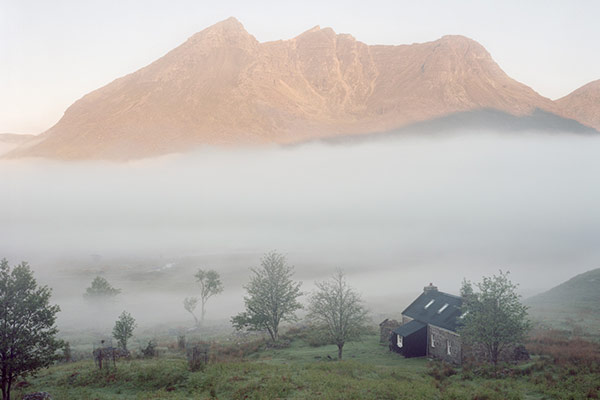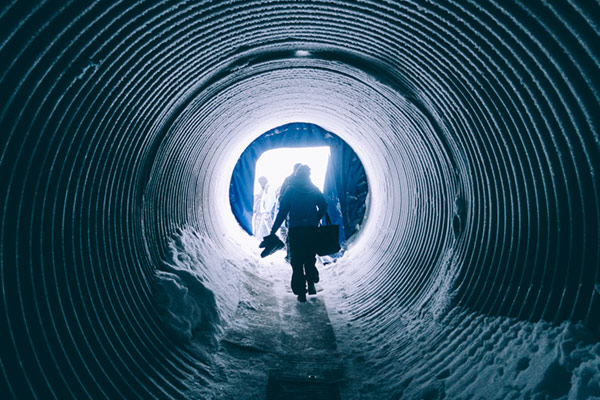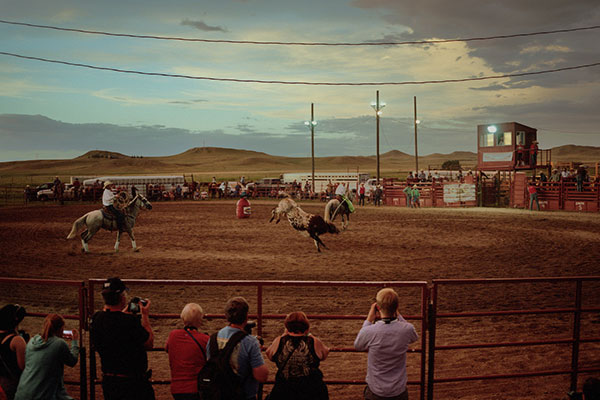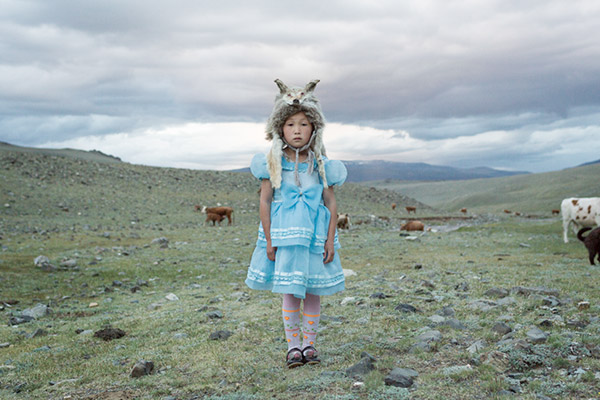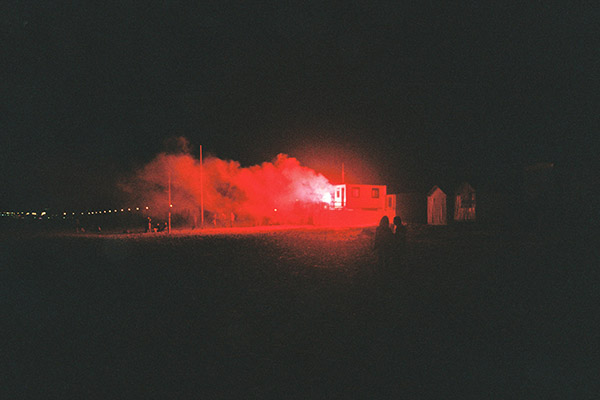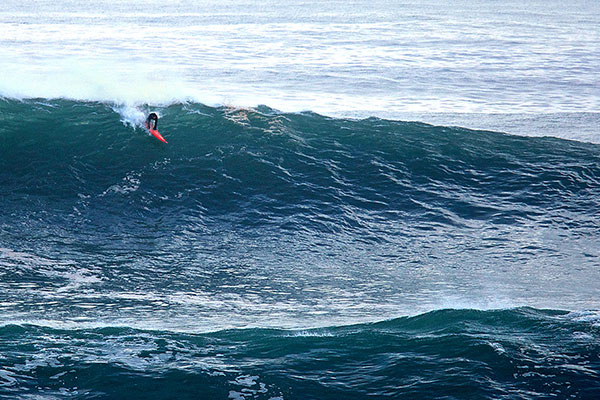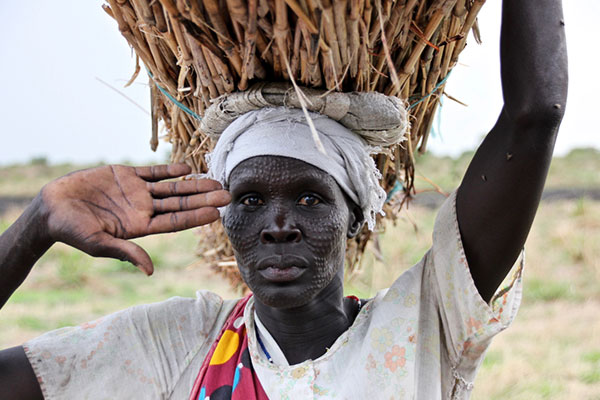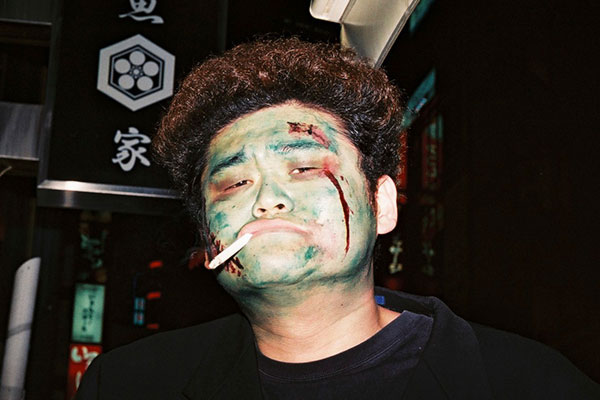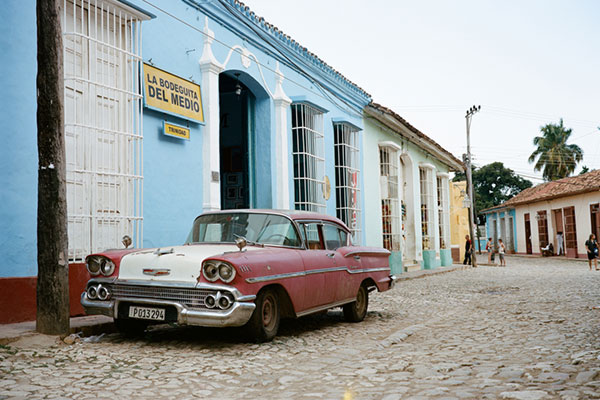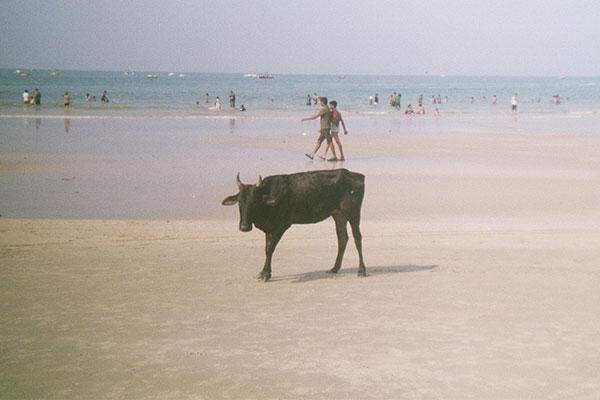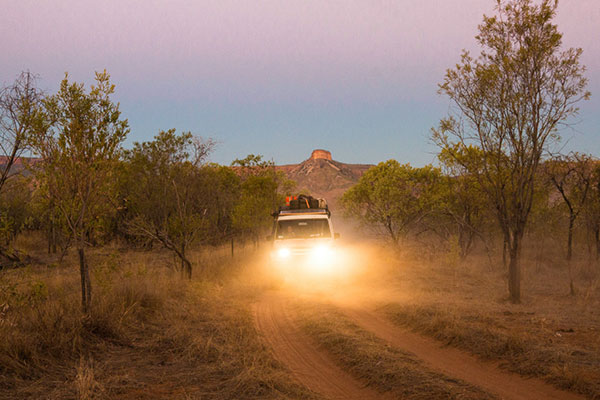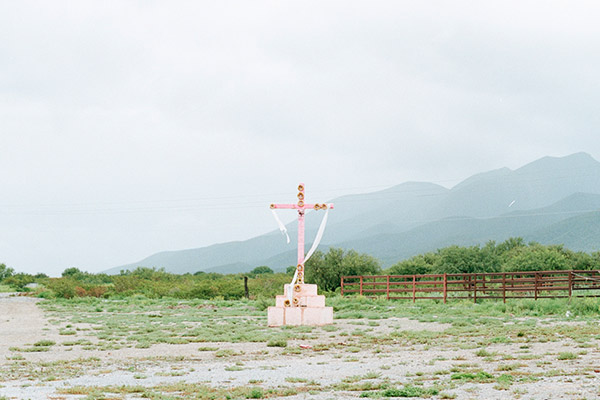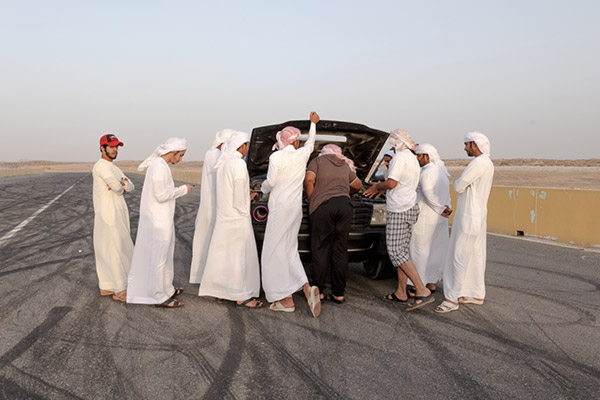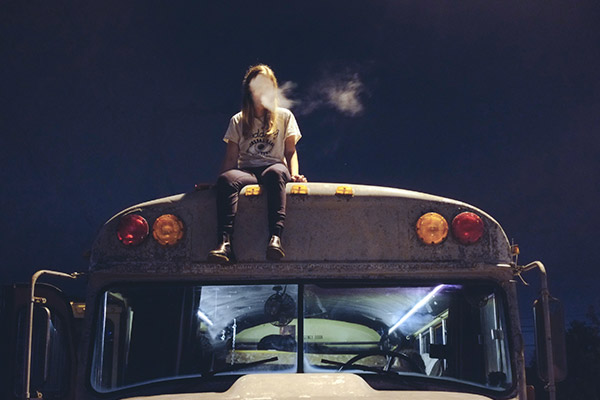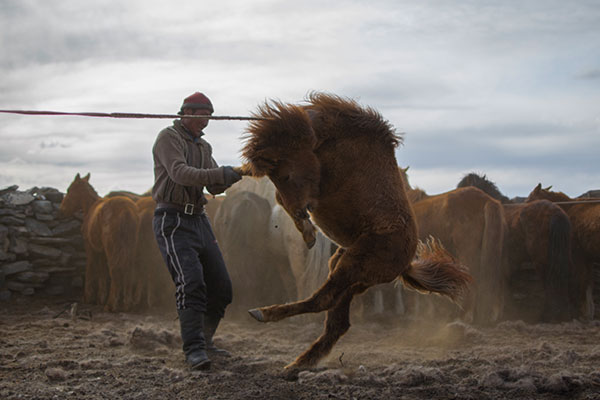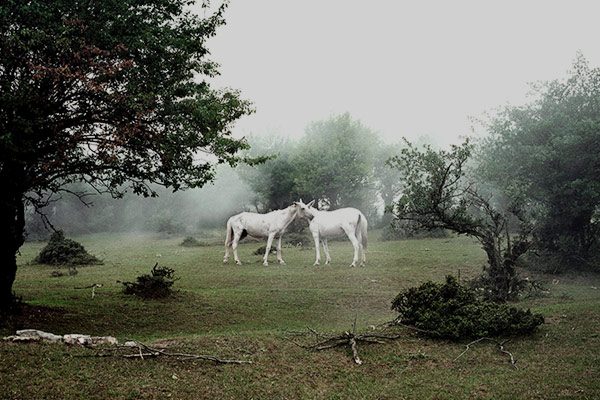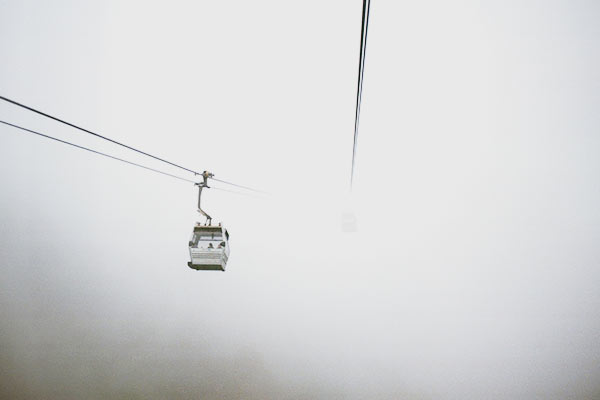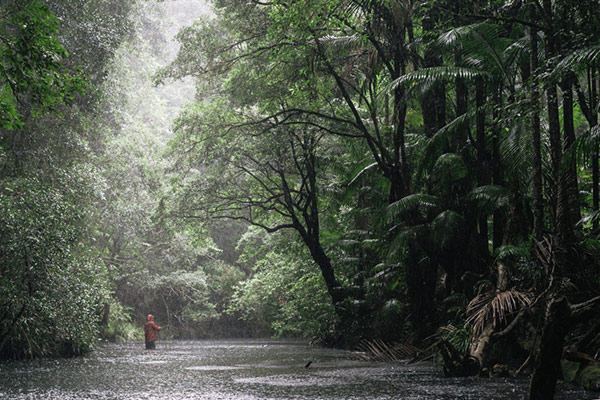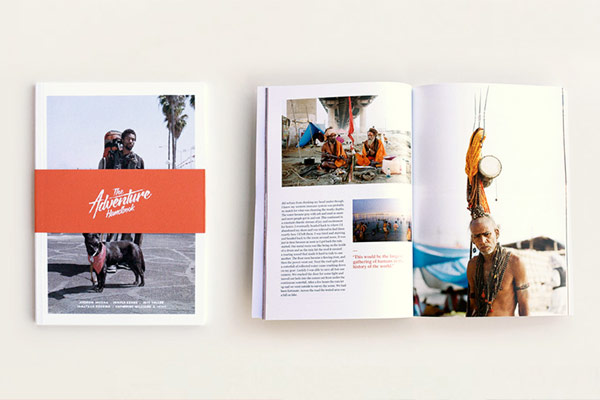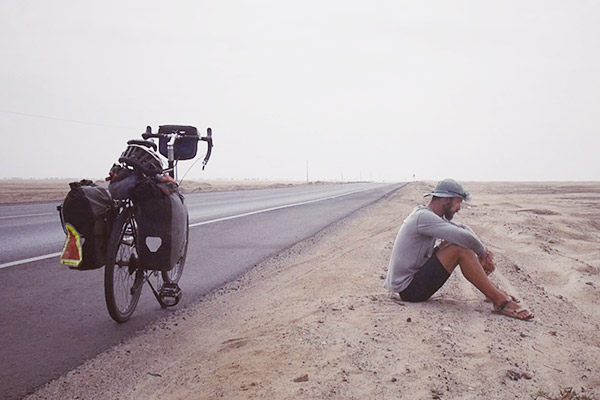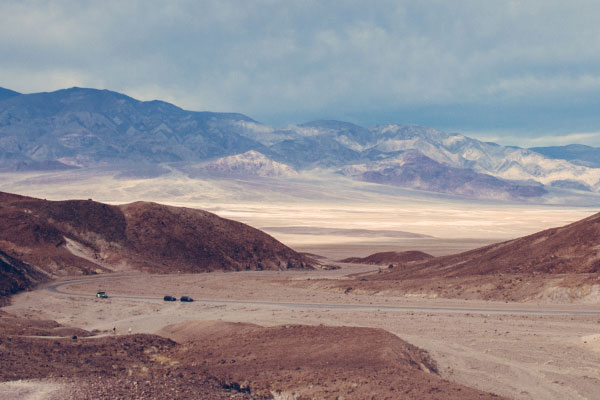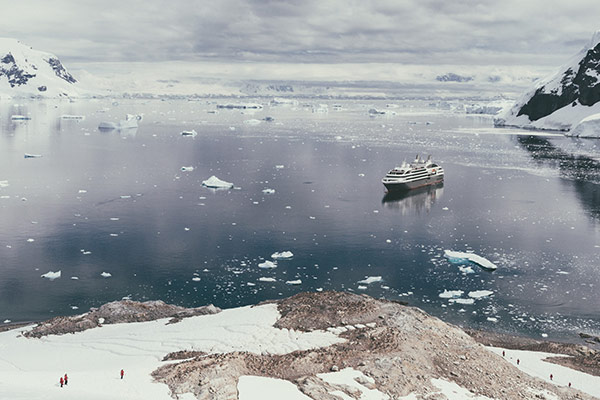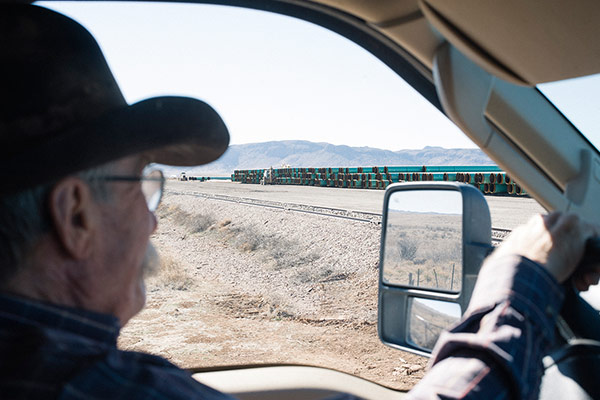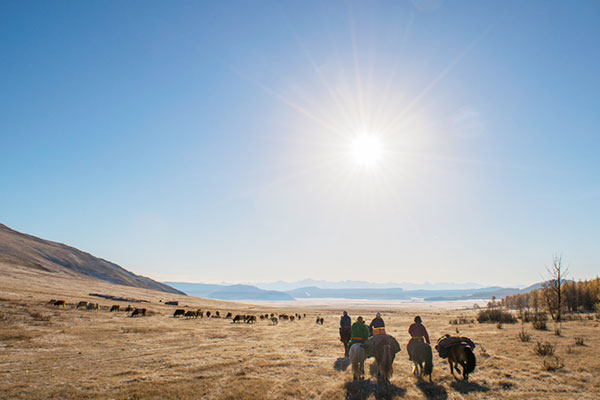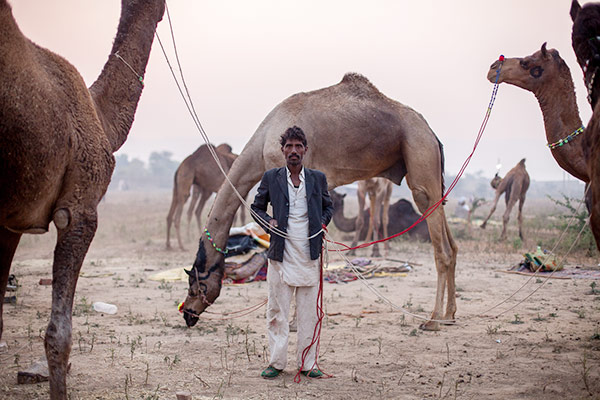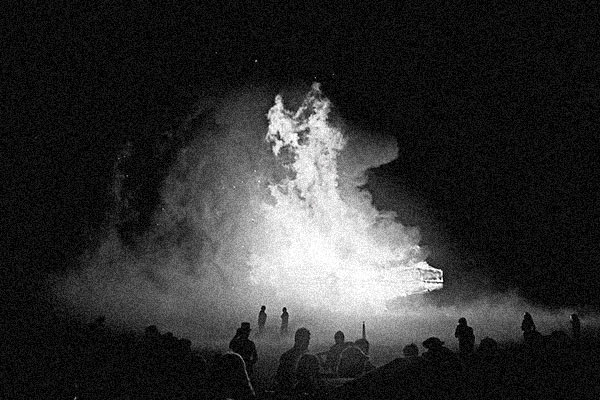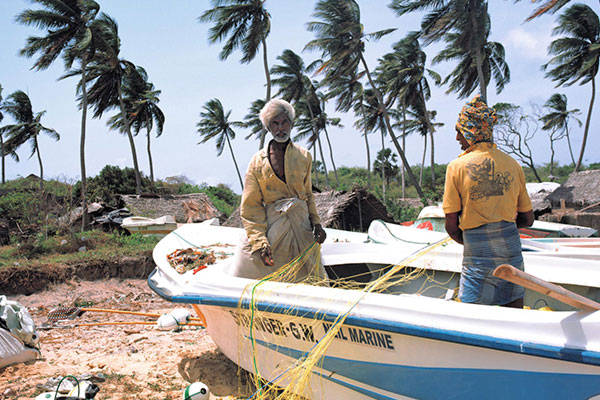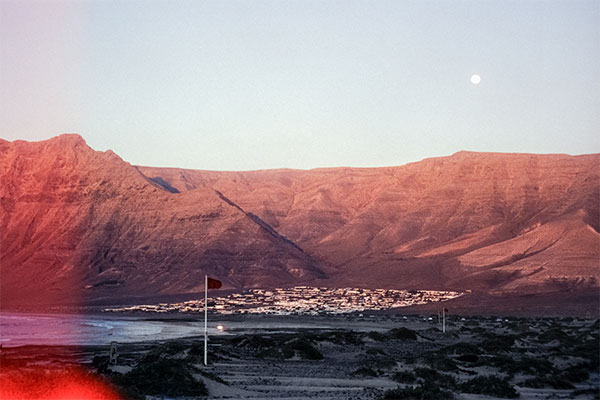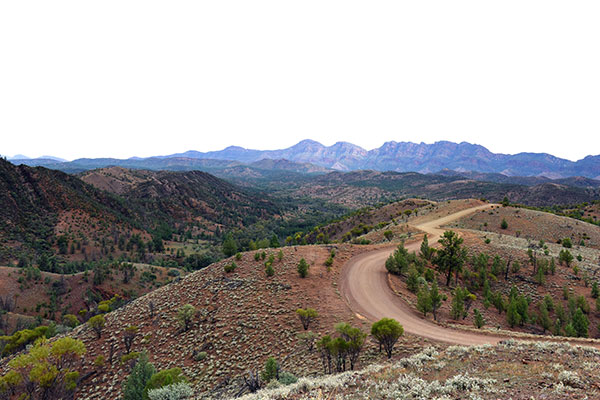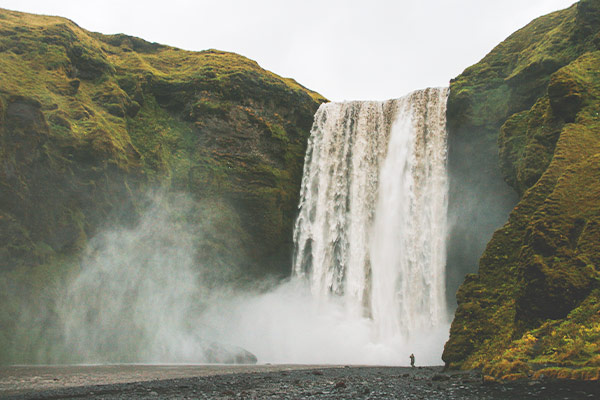Amanda Leigh Smith divides her time between Portland, Oregon USA and Whistler, BC Canada, taking pictures for a living, with a few odd jobs to get by. Pretty standard; except that her passions, interests and experiences are diverse as they come, the following journey is truly spectacular. Travel has profoundly shaped who I am and how I see the world. It has shown me that there are infinite ways to live your life and has fostered a deeper connection with the environment and a greater awareness for the importance of an inclusive and connected community. It has proven to me that there is beauty, kindness and inspiration everywhere. It has shown me how incredibly strong I can be and at the same time exposed my greatest weaknesses.
You can try to plan, but things never really go as you expect. To make it through a trip like this you need an open mind, a kind heart, patience and a smile on your face.
In November 2013 my now husband James left Whistler, BC with his best friend and rode two Honda XR600’s that James built all the way down to the southern-most tip of South America. After his friend flew home, I flew down to meet him instead. We traveled doubled up for 3 and half months and 10,000 miles across 6 countries. The only plan we had was to ride as far north as we could make it. We had no idea how much longer the bike would survive, or how long the two of us could handle being sandwiched together, or how long our money would last. You can try to plan, but things never really go as you expect. To make it through a trip like this you need an open mind, a kind heart, patience and a smile on your face. With no home but the motorcycle and the bag on my back I had an unknown future ahead and many fears. We literally flew by the seat of our pants and it was the most terrifying and liberating experience.
In April 2014 I drove 2,000 miles from the home I left in Portland, Oregon to my dad’s place in Houston, Texas where I would depart from. I met James in the Lake District of Northern Patagonia, Chile after 6 months of not seeing one another. The first two days of riding along the busy Pan-American Highway with a top speed of only 55mph in the pouring rain and cold was a harsh way to start. I also didn’t have pegs for my feet yet, so my feet were hanging in stirrups made from bag straps causing my foot to get wedged against the muffler melting a hole in my boot. My seat was also a rolled up wool poncho wrapped in a goat hide. This bike isn’t typically made for two riders, so we had to improvise. Our first night we found a motel off the side of the highway, but it was so dark and rainy we could hardly see where we were going and unintentionally ended up at a seedy pay-by-the-hour sex motel. Our Spanish proficiency was also crappy at this point, so we were very confused. Once in Santiago we stayed with a family and were able to use their garage to weld on some pegs and do other bike maintenance.
Nights camping here were rough with freezing temperatures at over 10,000 ft, and strong winds that fill your tent with sand. The second night we found shelter in an abandoned Incan gold mine we surprisingly stumbled upon.
We crossed into Argentina riding over the Andes Mountains at Aconcagua, peaking at 22,841 feet. We explored hot springs, saw lots of wild horses and ate cheap steak and wine as much as we could. Although we had some low points when James had a life-threatening allergic reaction from a wasp sting and another time when we laid down the bike in deep sand on a road we thought was a shortcut, but later learned was actually an 1,000 year old horse trail closed to motor traffic. I was too scared to take any photos of that road, often closing my eyes praying we wouldn’t fly off a cliff. The days began to blur together riding sunup to sundown everyday. We spent 3 days without services in the remote volcanic field in the Catamarca Province on the Altiplano. Nights camping here were rough with freezing temperatures at over 10,000 ft, and strong winds that fill your tent with sand. The second night we found shelter in an abandoned Incan gold mine we surprisingly stumbled upon. The energy of this place was intense, over looking the Salar de Hombre Muerto and at 12,000 ft. This night I actually thought I might freeze to death. We left this beautiful lunar landscape feeling beat, but inspired.
We crossed back over the Andes into Chile via the extremely remote Paso de Jama peaking at 14,000 ft. The road was very icy, windy, took much longer than expected and was terrifying. At one point James stopped to take a picture, but the wind blew me over while sitting on the bike and wedged me between it and the guardrail, injuring my knee.
We rode until we reached Isla Incahuasi where we would climb to the top among 1,000-year-old cacti. We stayed past sunset and then pointed the bike towards tiny flickering lights of the town of Uyuni.
For several days we were stuck in San Pedro de Atacama, Chile waiting for the snow to melt and the Bolivian border to open. I could hardly walk and was in so much pain without any relief. I almost called it quits and went home for fear I really screwed up my knee. I decided to stick it out and we soon crossed into Bolivia to ride the Laguna Route through the Altiplano. This route was far more unclear than we expected. Most people do this with a 4×4 Bolivian tour guide. Those trucks leave tracks going in all kinds of directions, and with no road signs to tell you which direction to go, it can be very confusing. It’s also winter at around 15,000 feet in serious isolation, so the fear of making a wrong decision is very real. The terrain was so rough it felt like riding on a washboard, and I broke my thumb just trying to hold on. The cold numbed my pain and my fascination with our surroundings was enough of a distraction. The landscapes were so surreal with colorful, frozen lagunas covered in flamingos.
We spent a few days exploring the coffee district and colorful village of Salento, often passing through military check points with young men holding huge automatic riffles.
Traveling through Colombia opened my eyes to a place I couldn’t even have begun to imagine. We spent a few days exploring the coffee district and colorful village of Salento, often passing through military check points with young men holding huge automatic riffles. Occasionally we would see the remnants of a not-so-distant violent past, but mostly I remember the beautiful landscapes and people, amazing cumbia music playing loudly every time we stopped for food or gas and the incredible force of energy of this place. After a week exploring Bogota, we shipped the bike to Miami where we would ride back to Houston. We made it home, somehow in one piece, inspired more than ever and changed forever.
Words and images by Amanda Smith.
Receive a postcard from us sign up

